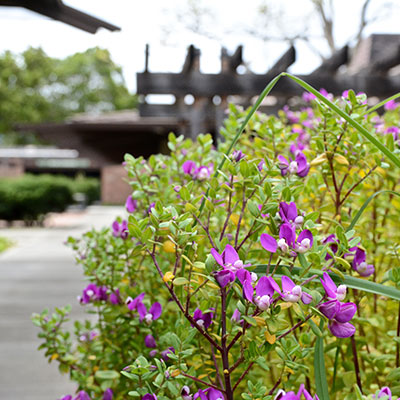
Sustainability Action Plan 2022
Transportation Programs and Projects
4.7 Transportation, Commuting, Campus Fleet and Travel
The district should strive to reduce vehicle miles traveled (VMT) for students and employees commuting to the campus to reduce greenhouse gas emissions and minimize the infrastructure costs related to parking. The district should also evaluate the expansion of existing electric vehicle (EV) charging infrastructure to meet the state of California CALGreen standards and the Division of the State Architect (DSA) requirements for accommodating EV chargers on the campuses.

Questions?
We're Here to Help!
Foothill Energy & Sustainability Advisory Committee Members
ceballosjulie@fhda.edu
cormiarobert@fhda.edu
watsonbret@fhda.edu
